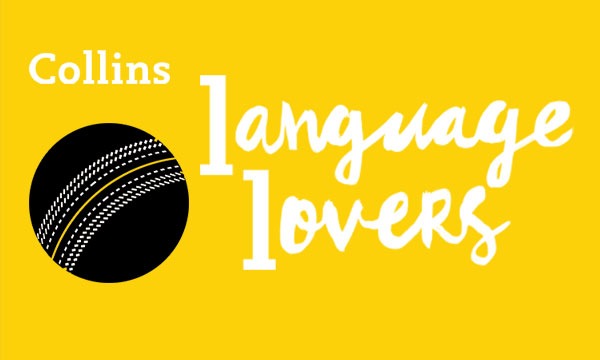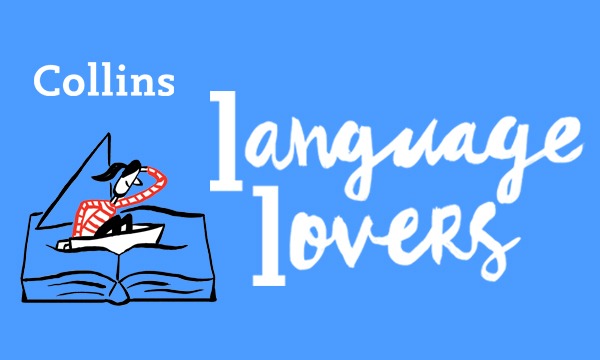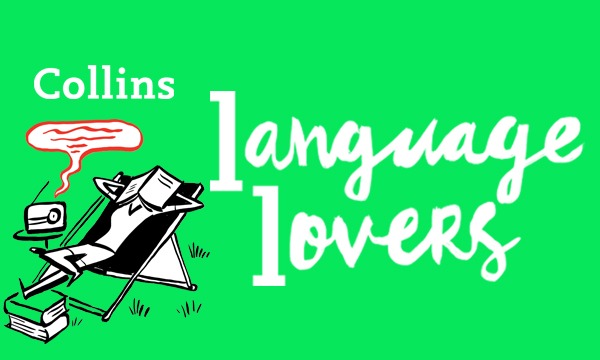Howzat!
During this month and a goodly part of November, legions of cricket fans worldwide will be watching matches in India like enthusiastic hawks as the country plays host for the third time to the stellar four-yearly ICC Men’s Cricket World Cup (CWC for short).
Viewing figures for the last CWC – held in the UK in 2019 – were massive and surely will be even bigger this year, given that it’s no exaggeration to say cricket in India is little short of a religion. In fact, a leading Indian intellectual, Ashis Nandy, quipped that cricket is an Indian game accidentally discovered by the British.
Street cricket or gully cricket is played by all ages and sexes in any kind of open space, often with a tennis ball, improvised bats and elastic rules: for instance, if there’s an odd number of players, the odd person out bats for both sides.
One kind of outdoor space that has long been the training ground for many an Indian superstar cricketer is the maidan. This is an open area in or near a town used as a sports or parade ground. Two famous maidans in cricketing circles are the Oval Maidan and the Azad Maidan, both in Mumbai. The noted sports journalist and historian Mihir Bose has written that a maidan is ‘probably, the most evocative place in Indian urban life, a vast, open area, very often at the centre of cities, reproducing Indian city life with all its noise and clamour.’ He notes maidans are part of the legacy the British left the country.
Linguistically the word maidan is anything but British. It’s from Urdu, one of the subcontinent’s most widely spoken languages, which took it from Persian, which in turn took it from the Arabic maydān, meaning ‘square’. That seemingly tortuous ancestry is not unique. Other words with a similar three-step genealogy include badmash, a hooligan, and the tamboura or tambura, the lutelike fretless instrument that provides the haunting dreamlike drone accompaniment to certain kinds of Indian instrumental music such as played on the sitar, surbahar and sarod.
I mention those three because they illustrate some of the varied ancestries lying behind Indian loanwords in English; sitar is from Urdu and Persian, surbahar from Bengali, sarod via Hindi from Persian. In contrast, raga, the melodic and rhythmic framework on top of which players improvise, comes from Sanskrit, which could be considered the bedrock of many North Indian languages.
The Persian – and hence Arabic – influence on Urdu (literally [language of the] camp) is due to the Persian and Turkic origins of the dynasties that ruled much of India from the eleventh century until British colonisation. Persian was the official court and administrative language of those empires as well as being a sort of lingua franca.
Verandas, juggernauts and chicken tikka masala
The words with which Indian languages enrich English cover several semantic fields apart from music, as well as general language. To give you examples of the latter, I recently holidayed in a lakeside lodge and spent delightful hours on its veranda (Anglo-Indian, possibly from Hindi or Bengali). On the motorway to get there, I couldn’t help wishing railways could carry the loads currently borne by those juggernaut (from Hindi Jagannath, from Sanskrit Jagannātha, the god Jagganath, an incarnation of Vishnu) lorries that clog up the roads. The only slight blips were a problem with the hot water tank (possibly from Gujarati tānkh) and with my avatar (from Sanskrit) on my website. The walk-in shower had a rain attachment, which was great for shampooing my hair (from Hindi chāmpo, the imperative of chāmpnā, ‘to knead’ the body in a form of massage).
The iconic status of chicken tikkamasala in Britain is well known. Where the recipe came from is hotly debated, but the term is a blend of Hindi and Urdu. Many of the terms associated with ‘Indian’ food in the UK are almost too familiar to be worth commenting on, such as balti, dhansak, naan and tandoori, all from Urdu, or poppadom and chapati, both from Hindi. An illustration of how speakers of subcontinental heritage in Britain blend English with other languages from the subcontinent to produce Hinglish is machi chips, meaning ‘fish and chips’, from the Hindi machali, ‘fish’.
Kedgeree and mulligatawny
Two terms are perhaps so anglicised, or appear so quintessentially British, one might not even recognise them as loanwords: kedgeree and mulligatawny, the first from Hindi khicarī, based on a Sanskrit word that probably meant ‘mixture’, the second from Tamil milakutanni, meaning ‘pepper water’. In contrast, turmeric, such an integral ingredient in South Asian cuisine, probably comes via Mediaeval French from Mediaeval Latin terra merita, ‘deserving earth’.
And talking of spices, it was the spice trade which impelled the British, like the Portuguese before them, and the Romans before both, to initiate involvement with India. The East India Company, which eventually grew to dominate the subcontinent, evolved from a group of London merchant investors who, as the Company, were given the monopoly of trade with the Orient at the end of 1600, in the reign of Elizabeth I.
Indeed, several words still in use today first entered English in the sixteenth century, among them curry (Tamil kari, ‘sauce, relish’, 1598), jaggery (Hindi jāgrī, also 1598) and rajah (1555, Hindi rājā, from Sanskrit rājan, ‘king’, cognate with Latin rex).
(Incidentally, to curry favour has nothing to do with food: it’s a corruption of ‘to curry favel’, to curry in this case meaning ‘to rub and clean a horse with a currycomb’ and favel being the anglicised version of a French word for a chestnut horse!)
The lexicon of food being familiar to so many of us, it might be interesting to home (US hone) in on one particular semantic field, clothing or apparel, starting with chuddies, underpants, from Hindi and Bengali, and pyjamas/pajamas, another word via Urdu, from Persian pāi, ‘leg’ + jāmah, ‘clothing, garment’.
Paisley, calico and cashmere
Three types of fabric have associations with the subcontinent, all of them being eponyms. Calico (1540), a form of cotton, is based on the former name, Calicut, of Kozhikode in Kerala state. The name of the paisley pattern comes from the Scottish town which was a centre of the weaving industry in the nineteenth century where items of clothing, in particular shawls, in the originally Indian pattern, hugely popular in the Victorian era, were woven. And cashmere is the anglicised spelling of the state of Kashmir; Kashmir goats provide the luxurious cashmere wool. Goat’s wool also goes to make pashminas, but that word is Persian. Most luxurious and finest of all, though, is shahtoosh, fabric made from the hair of the Himalayan ibex. The word is a combination of the Persian for ‘king’ and Punjabi or Kashmiri words meaning ‘fine shawl-cloth’.
The sari familiar to everyone comes via Hindi from Sanskrit. Not so familiar to many will be the pallu, the part of the sari that can be wrapped over the head, a term that comes from Punjabi and Hindi. Finally, the traditional pairing of trousers and upper garment is the shalwar kameez, both from Urdu. Underneath the kameez the kurta, from Hindi, a collarless, ‘granddad-style’ shirt, might be worn.
This post has mentioned Hindi and Urdu a lot. Both are Indo-European languages, unlike several languages in the south of India, such as Tamil and Malayalam, which are Dravidian. Hindi is the official language of the whole of India, Urdu that of Pakistan, and Urdu is also widely spoken in parts of India, where it sits seventh in terms of number of speakers. But in India alone, well over 400 languages are spoken. In descending order by number of first-language speakers according to the 2011 census, the ‘top ten’ are Hindi, Bengali, Marathi, Telugu, Tamil, Gujarati, Urdu, Kannada, Odia and Malayalam. To give that some kind of context, Hindi numbers are getting on for 530 million, Malayalam, 35 million. The richest sources of loanwords in English are Hindi, Sanskrit, Urdu, Bengali, Marathi, Punjabi and Gujarati.
Given the CWC is ongoing, I can’t finish talking about Indian-language words and not mention doosras. This is a relative newcomer – 1999 – to the English lexicon and derives from Punjabi and Hindi dūsrā, meaning ‘second one, other one’ and ultimately from the Sanskrit dvi, ‘two’, related to Latin duo.
A doosra is ‘a delivery, bowled by an off-spinner, that turns the opposite way from an off-break.’ If that definition reads like poetry to you, you will be a cricket fan. My heretical thoughts on the Marmite sport I declined to play at a school which produced the legendary Bob Willis can be summed up by Lord Mancroft’s quip: ‘Cricket is a game which the British, not being a spiritual people, had to invent to have some concept of eternity.’
No doubt the CWC is in the course of knocking that notion for six.
By Jeremy Butterfield
Jeremy Butterfield is the former Editor-in-Chief of Collins Dictionaries, and editor of the fourth, revised edition of Fowler’s Dictionary of Modern English Usage.
All opinions expressed on this blog are those of the individual writers, and do not necessarily reflect the opinions or policies of Collins, or its parent company, HarperCollins.



